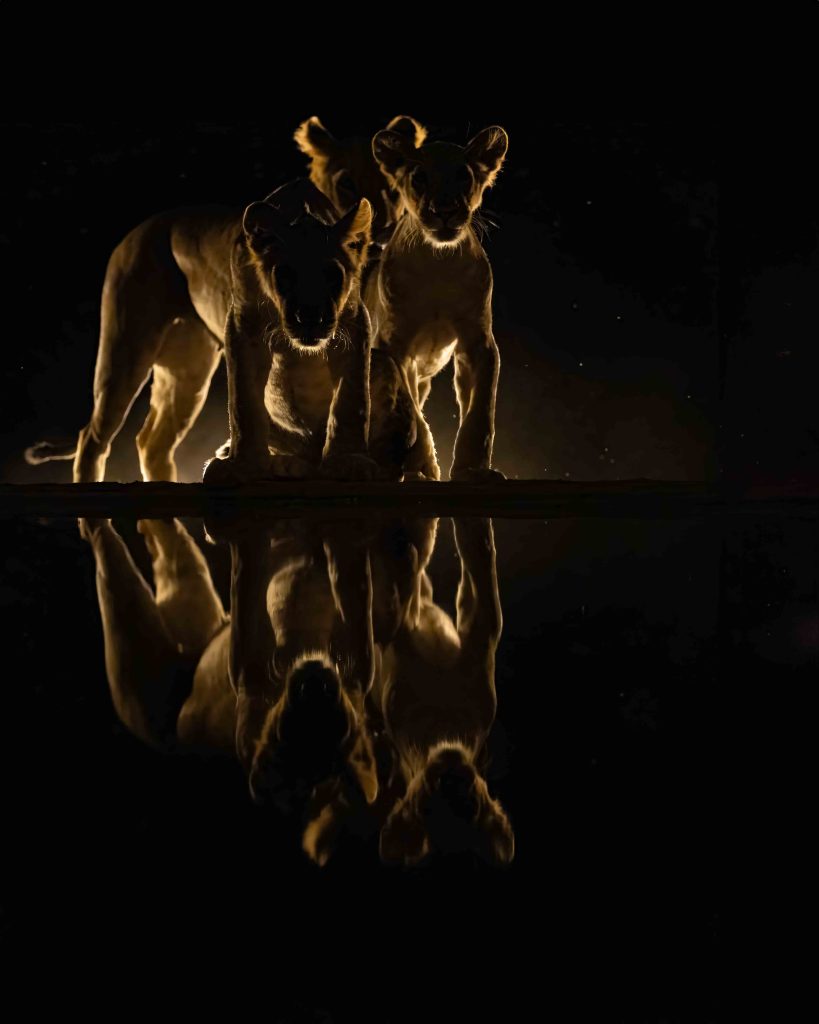(November 19, 2021) From one’s own inner yearnings comes change. That would be an apt way to describe health startup GrowFit founder and CEO Jyotsna Pattabiraman who has taken the onus of making India’s health her priority. Be it lean machine keto programmes for lunch or a low-carb high-fat diet that blasts fat, Pattabiraman’s Grow Fit offers diet charts, nutrition-based meals and fresh food, a click away. With the world turning health-conscious, every calorie and ingredient be it tempeh or plant-based foods, has a place on the food chart, and the Stanford graduate ensures that each ingredient and plan helps one “Grow Fit.”
The entrepreneur on a mission to create wholesome health quit a career in the internet space to startup a business that helps wellness. Stints at various IT biggies before health solutions became her zeitgeist, she calls this journey a progression. “Working with internet companies for the larger part of my career, I learnt the impact that the web can create. When I decided to start Grow Fit, I knew that an app would be the right way to reach out to millions,” she tells Global Indian in an exclusive interview.
Her brainchild is today a popular name in the start-up healthcare sector. And it took Jyotsna years of learning the internet of things to find a space where she can create greater impact.
Born in Bengaluru, she always had a taste for the new thanks to parents who worked for State Bank of India. Thus, her childhood was spent across nine school and different cultures. Tennis and drama in school, her upbringing helped her embrace change as she “never liked to be in one place for too long.”

Jyotsna Pattabiraman
This sense of adventure took her to the US in 1998 after a short stint at Cybercash. “My fiancé (now husband) moved to the US in the late 90s. I followed suit as it was a place of opportunities,” she recalls.
At the Silicon Valley, Jyotsna learnt her trade in the mobile and internet space at marquee companies like Oracle, eBay, and Yahoo, which helped her understand the industry better. After a decade-long stint in the US which included a great career, marriage, MBA at Stanford University, and the birth of her son Nandan, Jyotsna moved back to Bengaluru to be closer to her roots.
About her experience at Stanford, she says, “It was very open and welcoming. I was one of the very few women from techno engineering at my MBA.”
Armed with all the knowledge, Jyotsna came back to find family members and friends facing worrying health issues. She herself faced complications during her pregnancy in the US, and couldn’t fathom this generic unhealthy lifestyle pattern. “Everyone was taking pills for something or the other. Despite having access to the best healthcare infrastructure, many of them were unhealthy and it made no sense,” recalls Jyotsna.
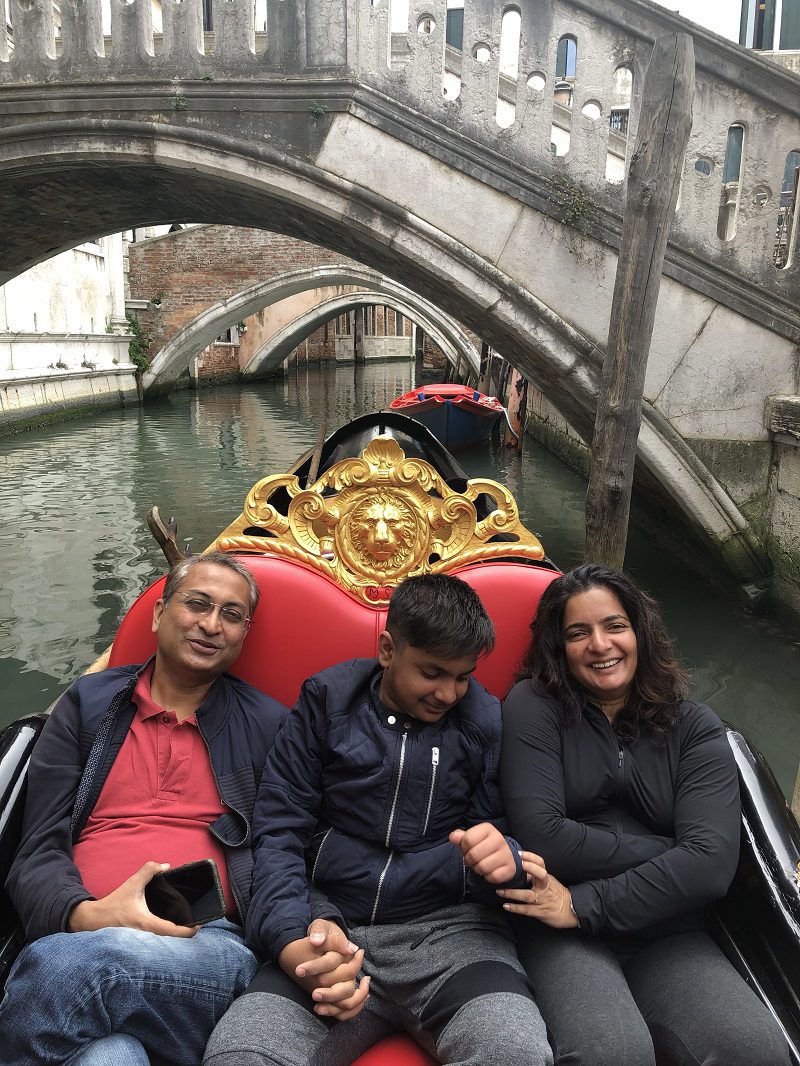
Jyotsna Pattabiraman with husband and son.
This nudged her towards the perfect solution – nutritious meals, diet charts and in 2015, Grow Fit, a health and calorie-tracking app began, and it has since raised $6.5 million in funding over five years, with plans for expansion underway. “My experience with internet companies helped me understand the power of the internet and how it could reach out to a large population and make a change,” reveals the entrepreneur.
Grow Fit tapped into a niche market by providing customised diet charts with the help of nutritionists, doctors and food technologists. The word-of-mouth publicity catapulted the app into the league of the best, and soon diversified into food delivery and packaged foods. “When we started, there were very few such apps. We were one of the pioneers, and this helped us gain the right traction. It wasn’t just the people from big cities who were downloading the app but we managed to engage Tier-II and Tier-III cities as well,” says the Melton Fellow.
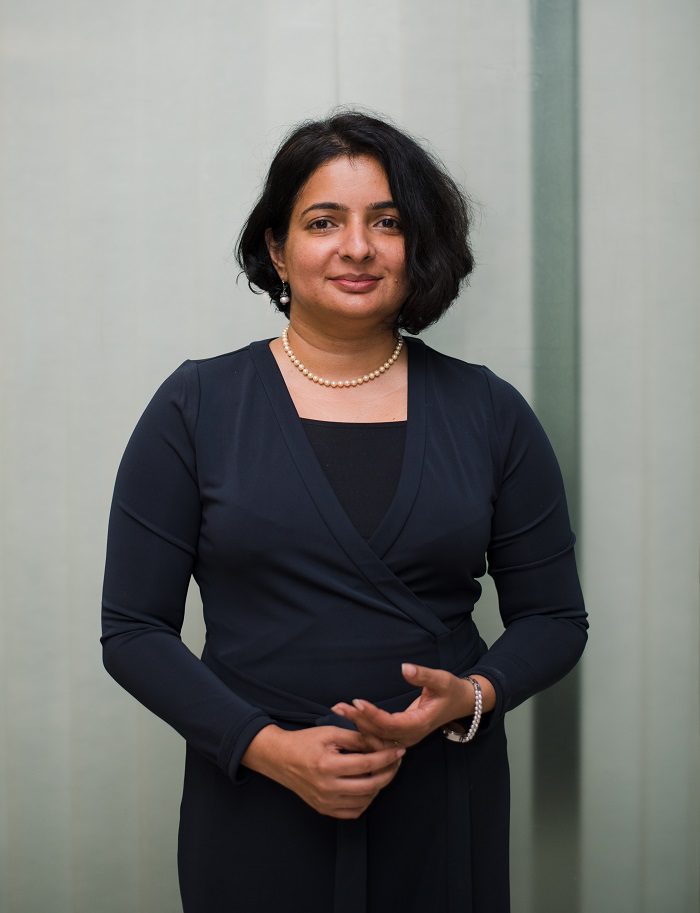
Jyotsna Pattabiraman
A year later, Grow Fit became a comprehensive health companion, and she launched Grow Self, a mental wellness app which shut a year later, and she is hoping to get that back on when the time is right. “We realised that there is so much stigma around mental health. People don’t talk about mental health issues in public. We were surprised to find people from Tier-II cities downloading the app. They could finally speak about their issues without the fear of judgment,” she says.
The pandemic was the perfect opportunity for this ambidextrous startup to scale up. With Indians feverishly tuning into their health-o-meter, Grow Fit got its moment in the sun, and the cloud kitchen also got a huge boost.
“Earlier, people thought that there were no consequences to their choices. But during the pandemic, things started to become real, as people started to take responsibility. They knew they had to make healthier choices as the pandemic made them aware of their mortality. They realised that life is fragile, and we need to take care of ourselves,” she adds.
For someone who did not set out to be an entrepreneur, Jyotsna is now a name to reckon with. “When I started, I didn’t know anything about food. But the desire to make my family members and friends healthy led me on this path. I learned on-the-go. Seeing my family healthy brings me great satisfaction. I am now reaping the fruits of the seeds that I planted almost six years ago,” says the founder of the Stanford Alumni Association in South India.
Advice for young entrepreneurs? “Invest in yourself. Find meaning in your life. Entrepreneurship is a skill that no one can teach you, it can be self-learnt. Do something that makes a difference to yours and somebody else’s life,” says the girl who loves travelling, reading and binging on Korean dramas. For someone who simply wanted a meaningful life without august goals, she is well on her way to creating such a life.
Follow Jyotsna Pattabiraman on Linkedin

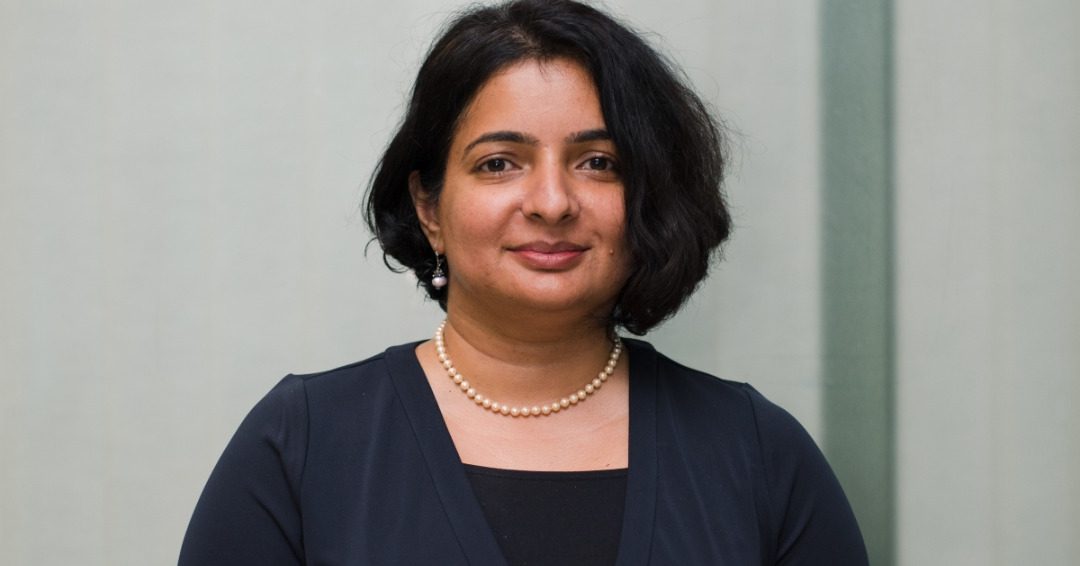
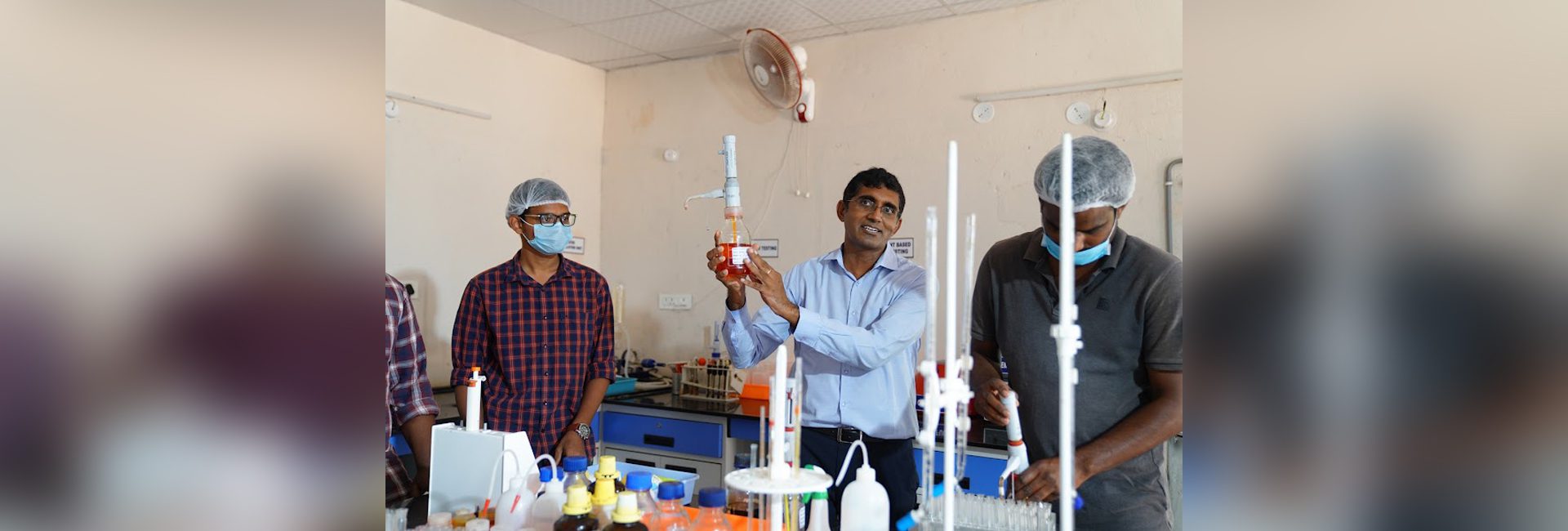
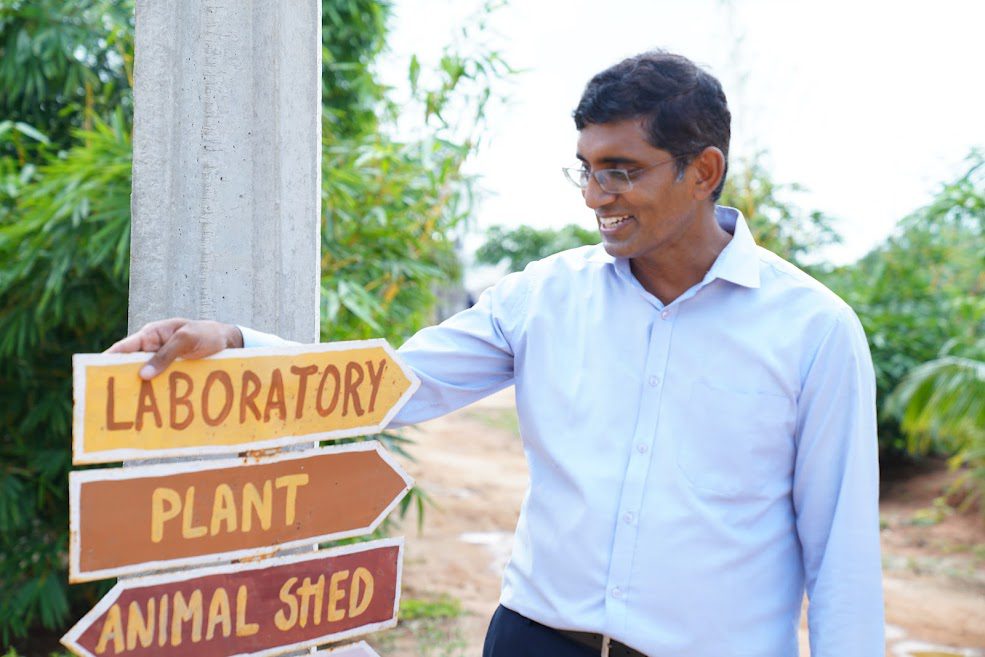 Kishore Indukuri[/caption]
Kishore Indukuri[/caption]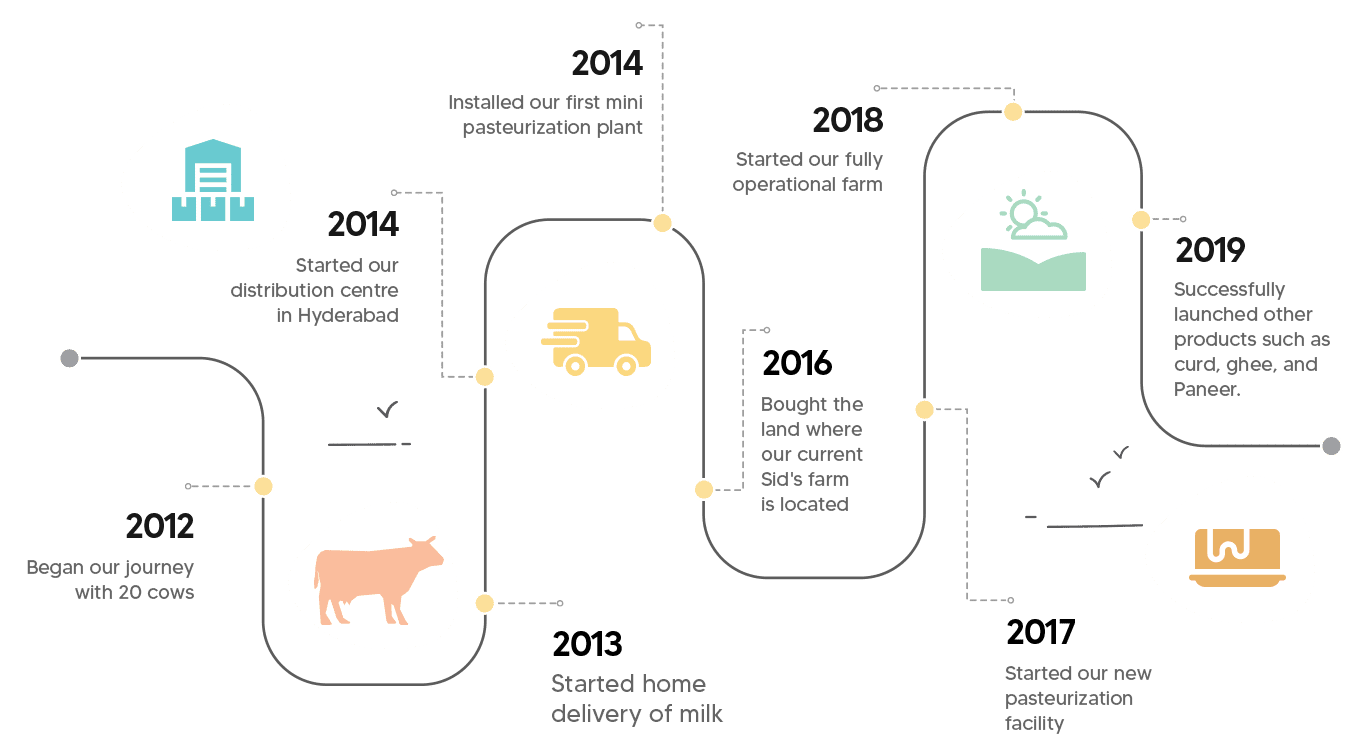 Graphic courtesy:
Graphic courtesy: 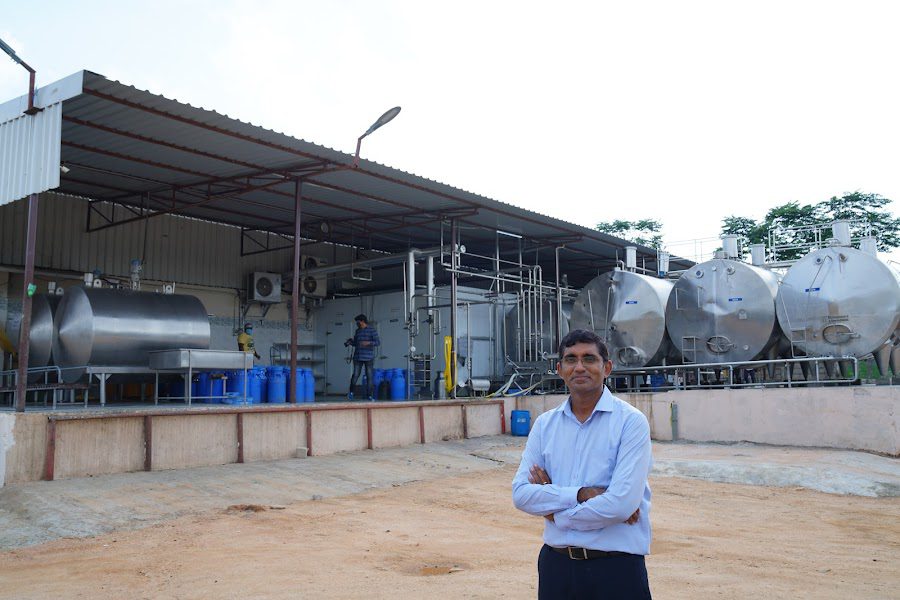
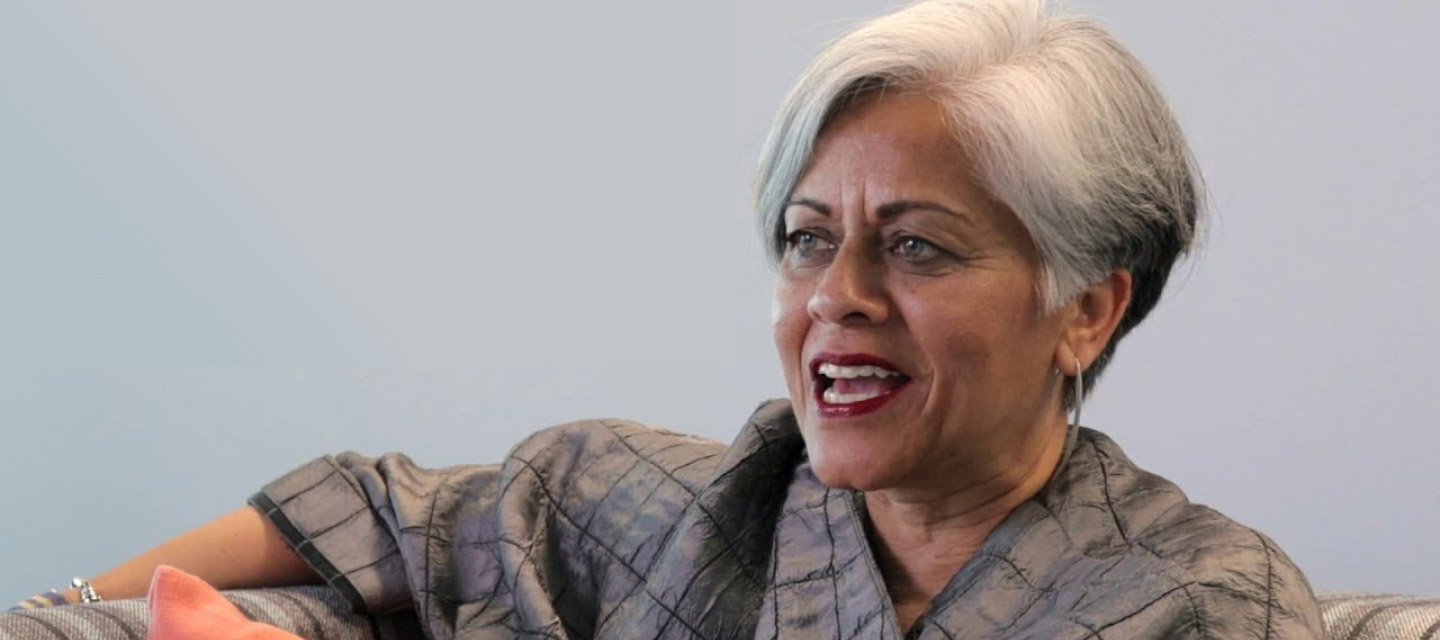

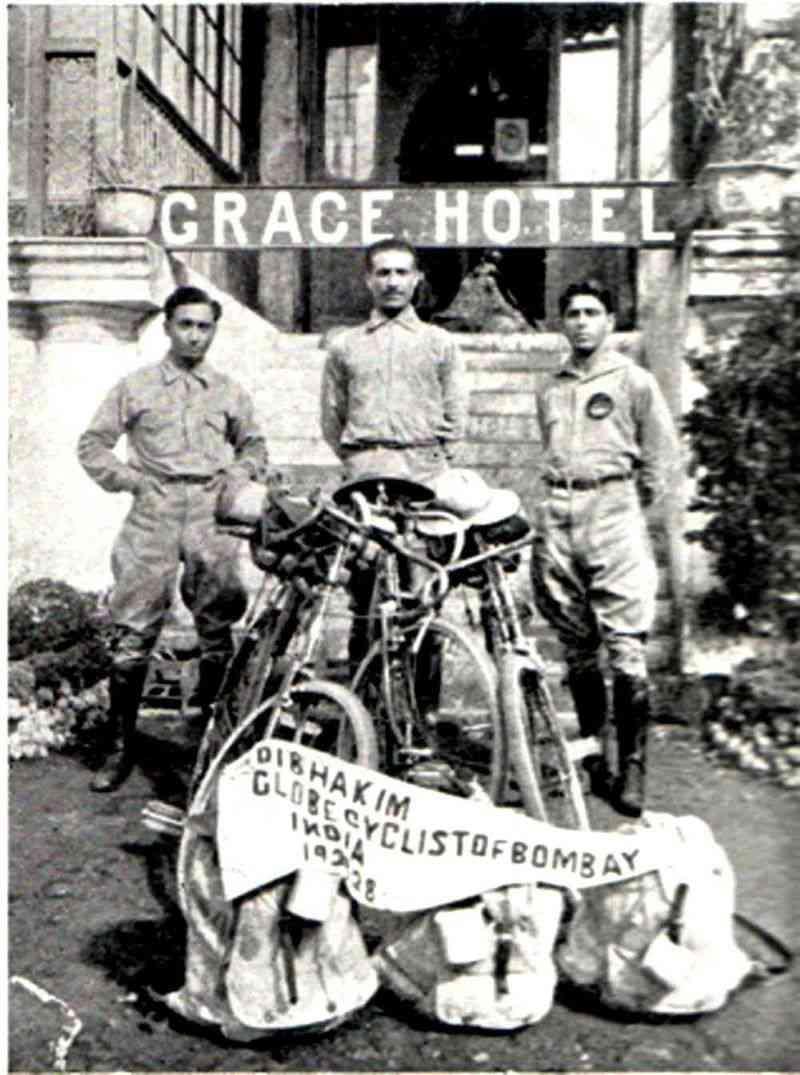 Adi Hakim, Jal Bapasola and Rustom Bhumgara in Ooty.[/caption]
Adi Hakim, Jal Bapasola and Rustom Bhumgara in Ooty.[/caption]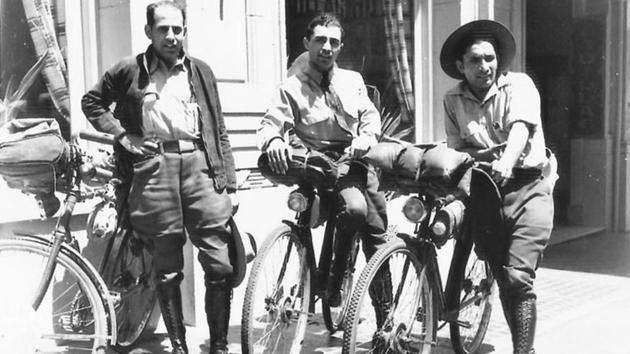
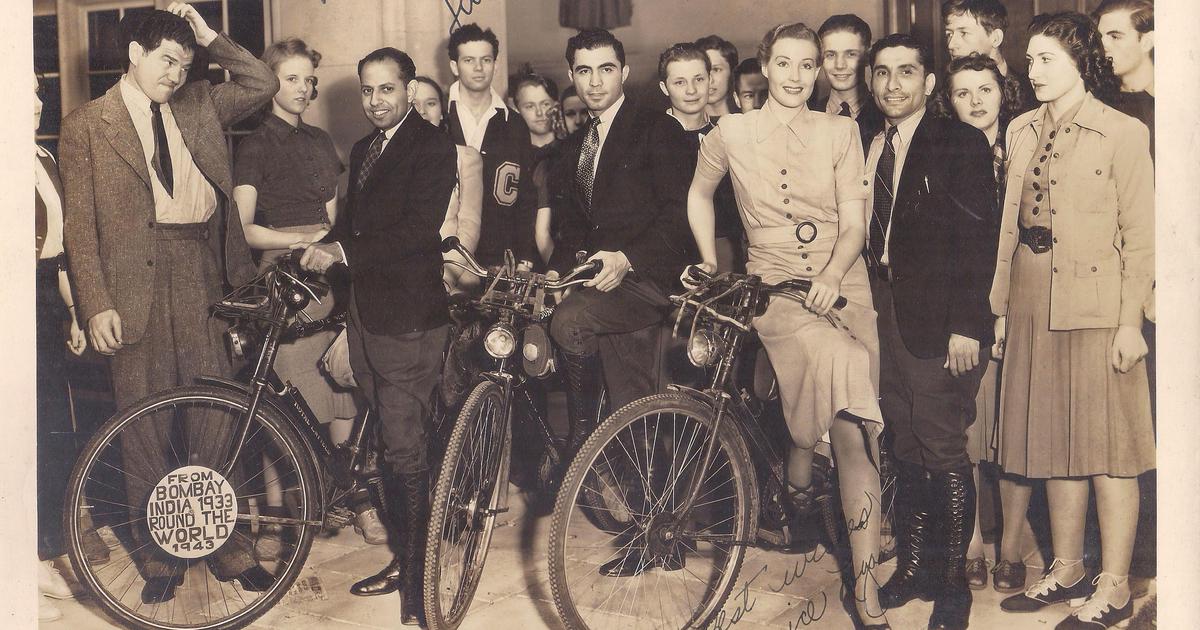
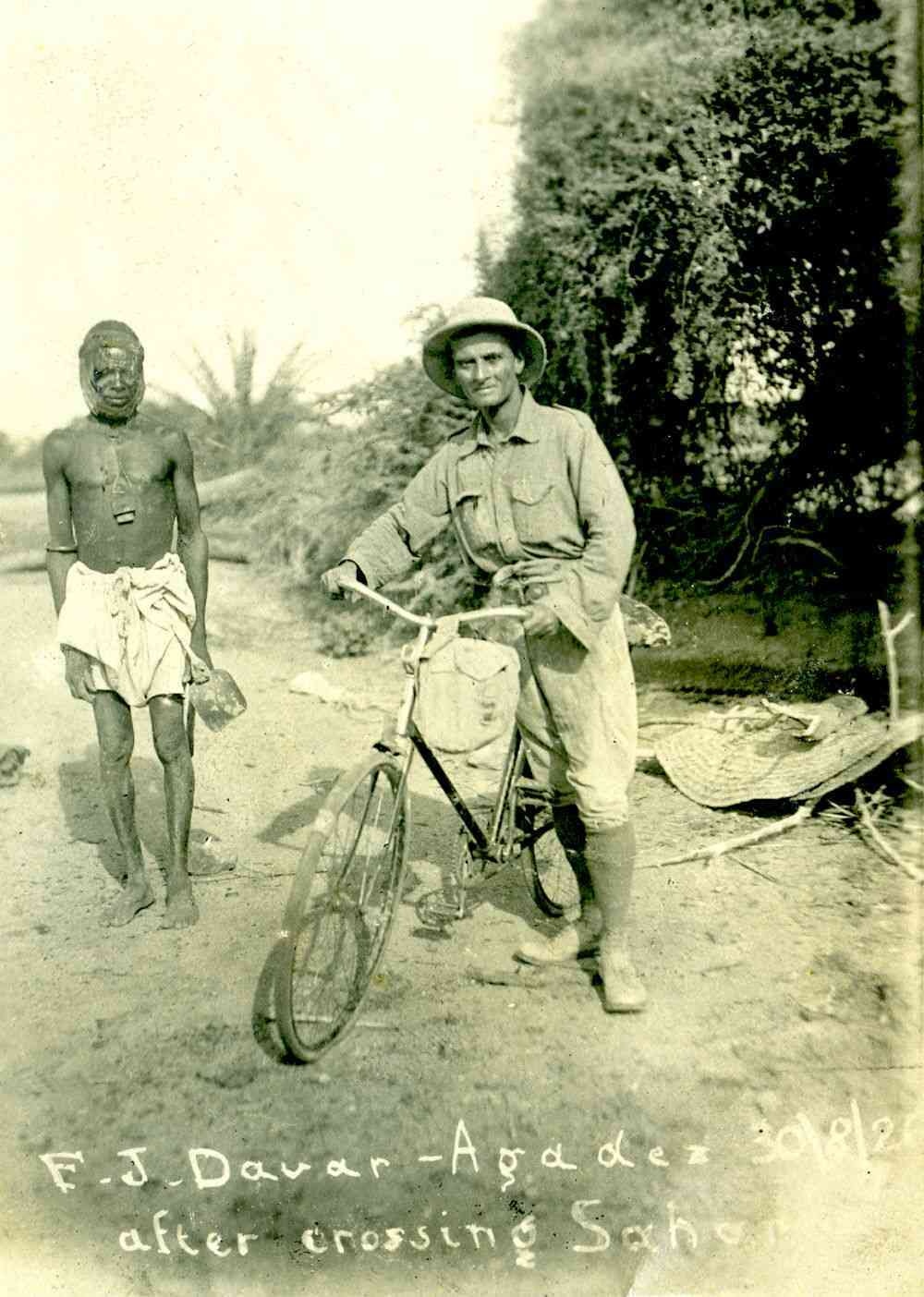 Framroze Davar at Sahara desert[/caption]
Framroze Davar at Sahara desert[/caption]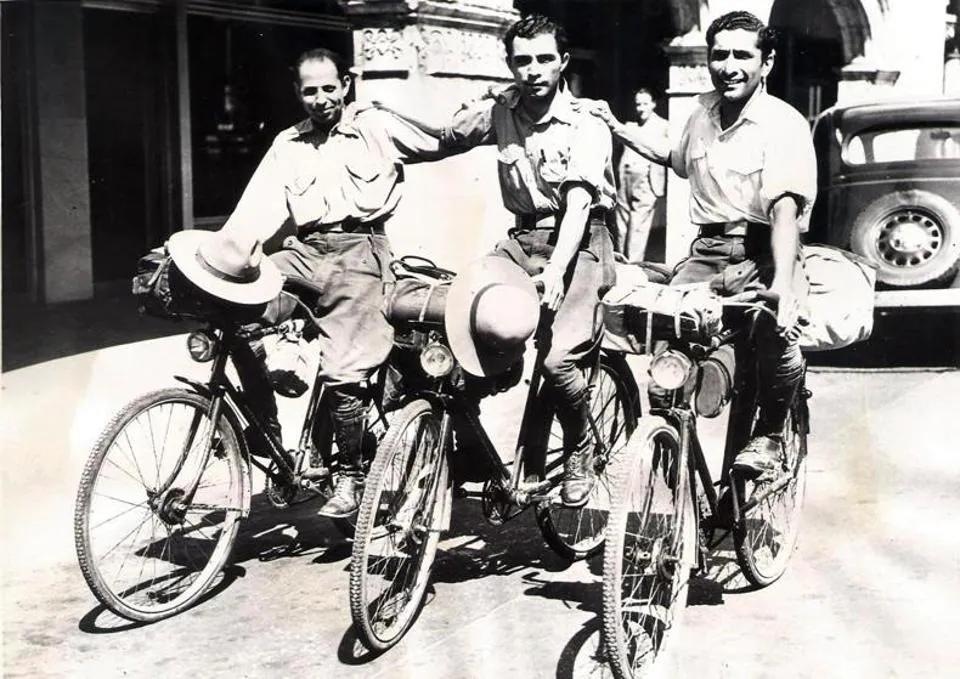 Keki Kharas, Rustam Ghandhi and Rutton Shroff in New York[/caption]
Keki Kharas, Rustam Ghandhi and Rutton Shroff in New York[/caption]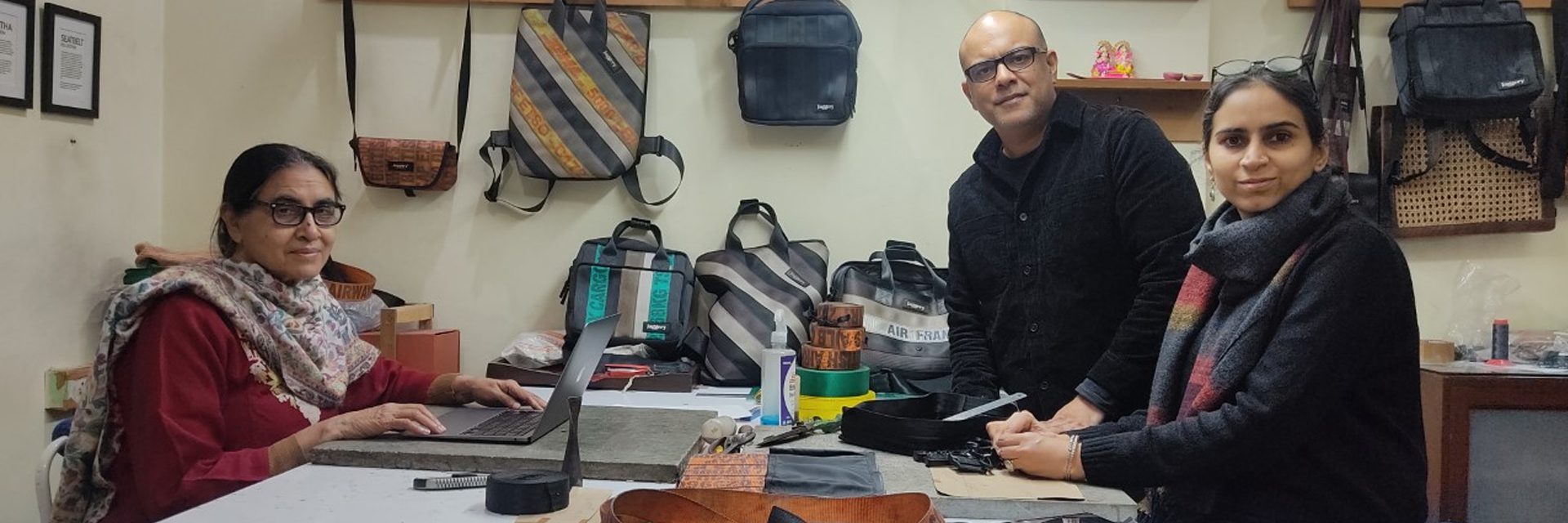
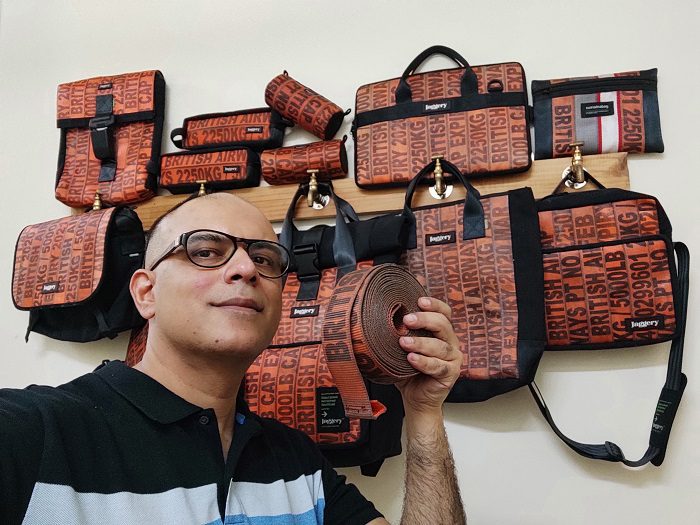 Gautam Malik with his eco-friendly bags[/caption]
Gautam Malik with his eco-friendly bags[/caption]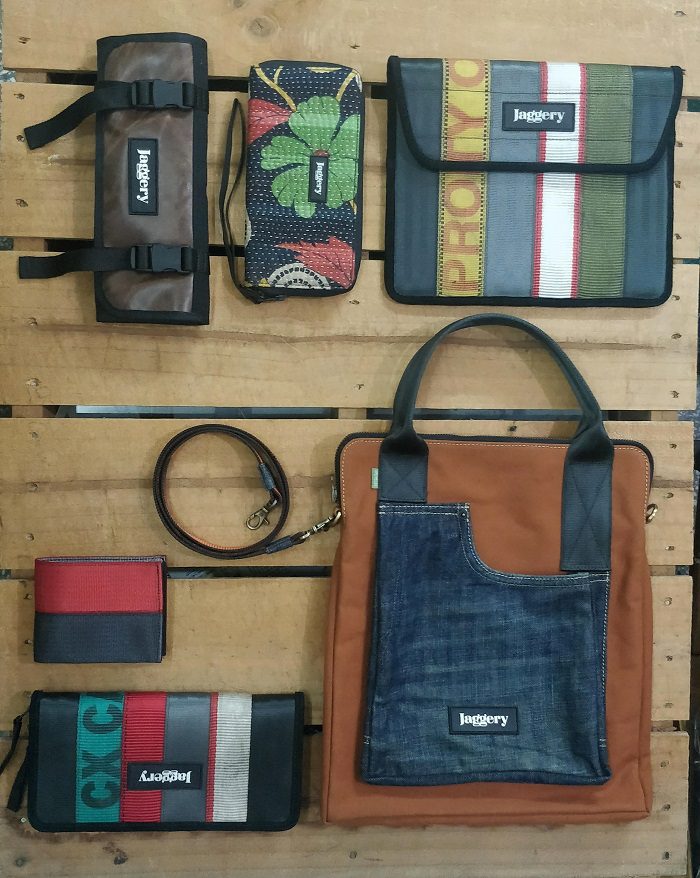 Products by Jaggery Bags[/caption]
Products by Jaggery Bags[/caption] Gautam Malik with his wife Bhawna Dandona[/caption]
Gautam Malik with his wife Bhawna Dandona[/caption]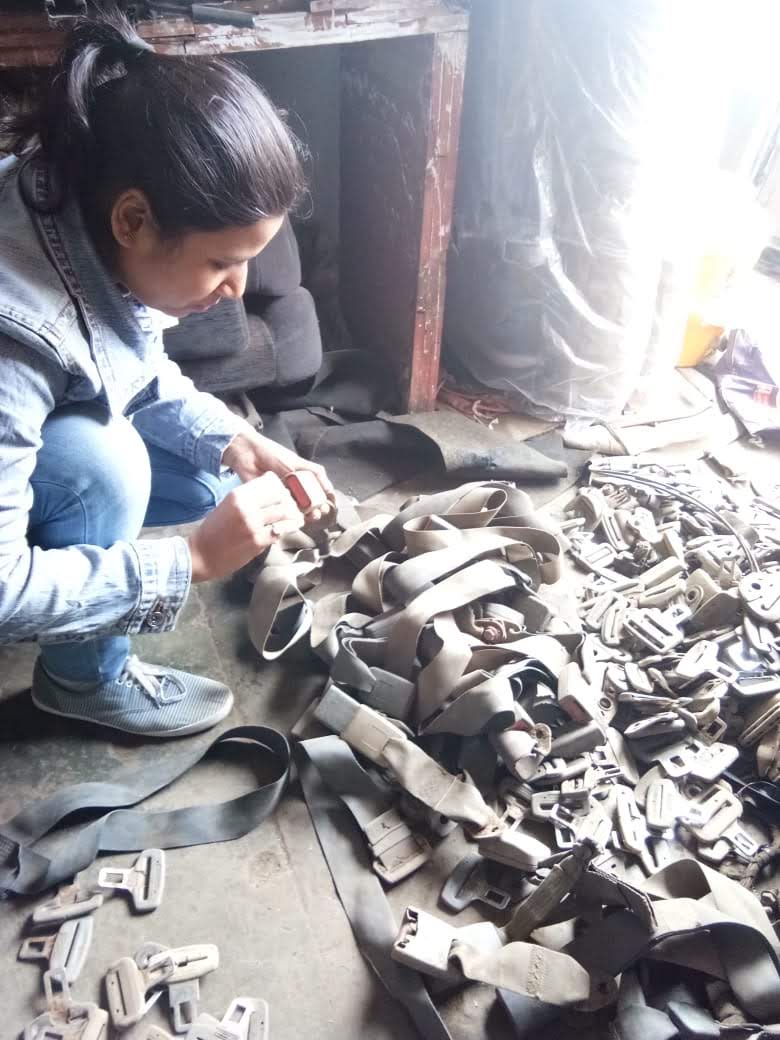 Sourcing car belts from Mayapuri[/caption]
Sourcing car belts from Mayapuri[/caption]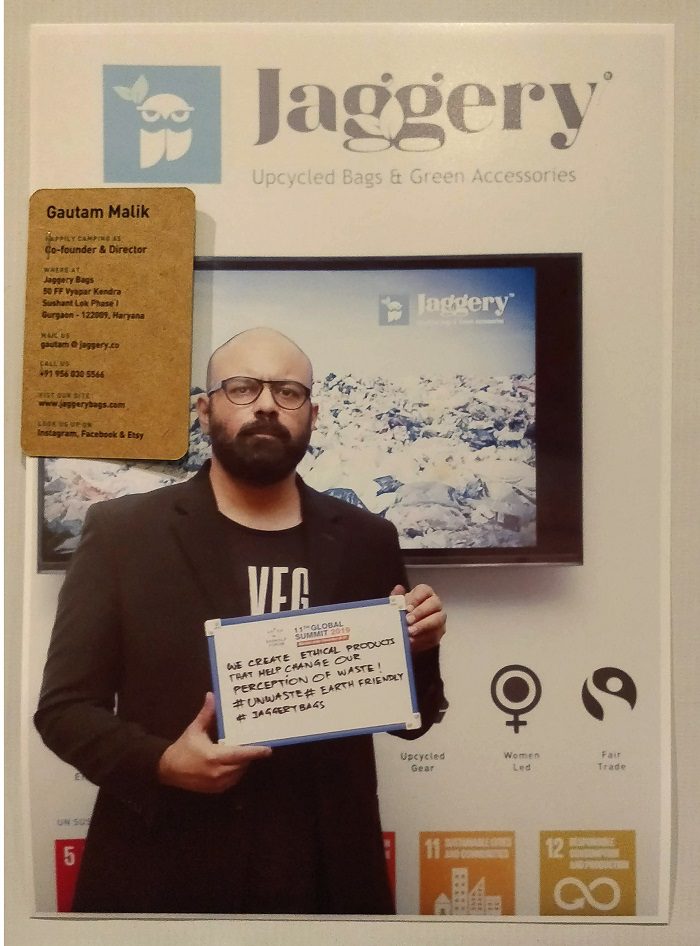 Gautam Malik at Sankalp Forum[/caption]
Gautam Malik at Sankalp Forum[/caption]
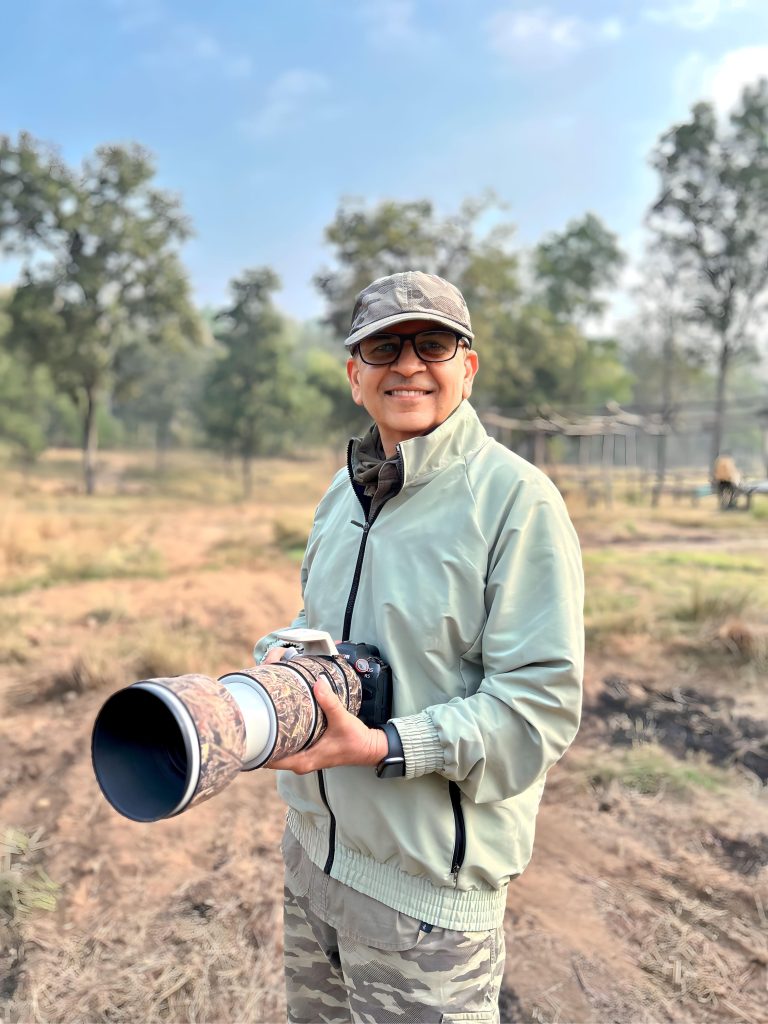 Wildlife photographer Parag Bhatt[/caption]
Wildlife photographer Parag Bhatt[/caption] Photographer by Parag Bhatt[/caption]
Photographer by Parag Bhatt[/caption]